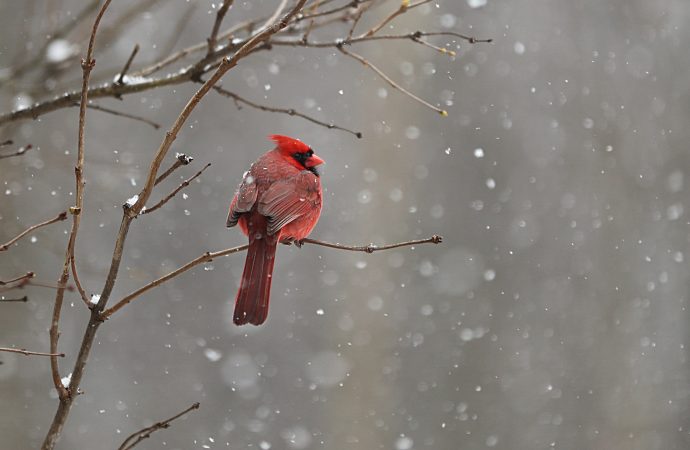Climate change continues to shape the world around us, presenting unprecedented challenges to both human and animal populations. Among the affected species, birds have displayed remarkable resilience and adaptability in the face of a changing climate. In this article, we explore how avian species are finding innovative ways to navigate and survive in new environmental
Climate change continues to shape the world around us, presenting unprecedented challenges to both human and animal populations. Among the affected species, birds have displayed remarkable resilience and adaptability in the face of a changing climate. In this article, we explore how avian species are finding innovative ways to navigate and survive in new environmental conditions.
Birds, with their ability to fly and their diverse ecological roles, face unique challenges as their habitats transform due to global warming and other climate-related factors. Yet, their resilience and adaptability have allowed them to respond to these challenges in surprising ways.
One key adaptation observed in bird populations is changes in their migration patterns. As temperatures and weather patterns shift, birds are altering their traditional migration routes and timings. Some species are arriving earlier at their breeding grounds, aligning their arrival with the availability of food resources and optimal nesting conditions. This adjustment ensures that they can maximize their reproductive success and enhance their chances of survival.
Another crucial adaptation is the alteration of foraging behaviors. Birds are adjusting their foraging strategies to cope with changing food availability. They may switch to different food sources or modify their feeding techniques to optimize their energy intake. These behavioral adjustments are vital for maintaining adequate nutrition levels in the face of altered ecosystems and shifting food webs.
Birds are also exhibiting physiological adaptations to cope with the challenges of a changing climate. Researchers have observed changes in metabolic rates and thermoregulatory mechanisms in avian species. Some birds are adjusting their metabolic rates to conserve energy during times of scarcity, while others are evolving enhanced thermoregulation capacities to cope with rising temperatures.
Furthermore, shifts in habitat and range distributions are becoming increasingly evident. Birds are expanding their ranges and colonizing new territories in response to changing environmental conditions. This expansion includes both latitudinal and altitudinal movements. By exploring and inhabiting new areas, birds can access resources and suitable habitats that are more conducive to their survival.
These adaptations are not without their challenges. Climate change is occurring at an unprecedented rate, and the ability of some bird species to adapt quickly enough to keep pace is a concern. Rapid environmental shifts may outstrip the adaptive capacities of certain populations, leading to decreased reproductive success, reduced genetic diversity, and, in extreme cases, local extinctions.
To better understand and protect avian populations in a changing climate, scientific research and conservation efforts are vital. Scientists are conducting studies to monitor bird populations, track their movements, and assess their responses to environmental changes. Conservation organizations are implementing strategies to protect critical habitats, promote sustainable land management practices, and mitigate the factors contributing to climate change.
Engaging citizen scientists and the public in bird monitoring programs is another essential component of understanding and preserving avian species. By participating in initiatives such as bird counts, individuals can contribute valuable data and play a crucial role in tracking population trends and identifying areas of concern.
In conclusion, birds have demonstrated remarkable resilience and adaptability in the face of a changing climate. Through alterations in migration patterns, foraging behaviors, physiology, and range distributions, avian species are finding innovative ways to cope with the challenges posed by global warming. However, the urgency of addressing climate change cannot be overstated. By taking proactive measures to mitigate its effects, we can help ensure the long-term survival of birds and preserve the rich biodiversity of our planet.























Leave a Comment
Your email address will not be published. Required fields are marked with *